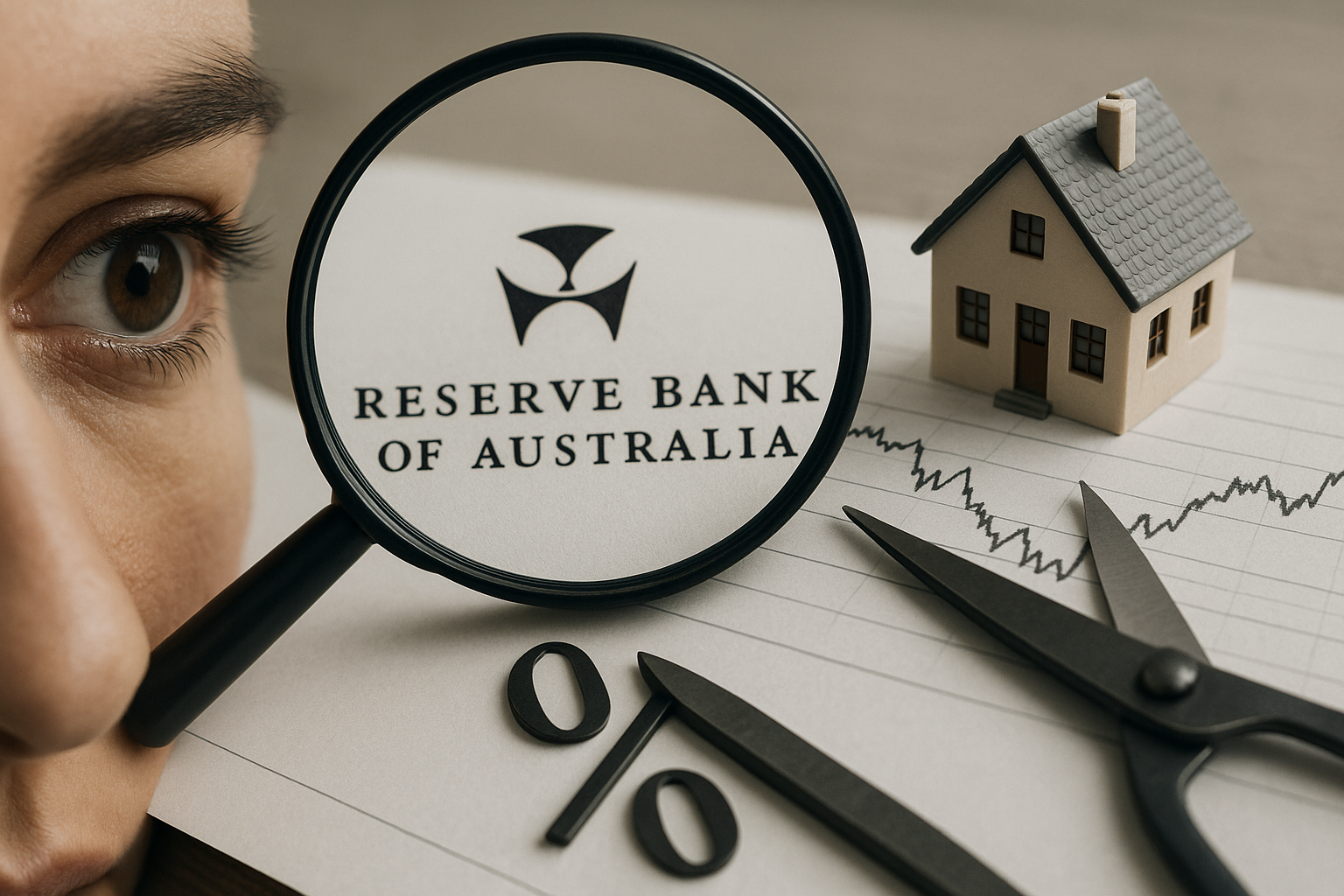
Key takeaways
The RBA is widely expected to cut the official cash rate by 25 basis points at its meeting next week, bringing it down to 3.60%.
This would mark a shift from holding rates steady in July and signal a more supportive stance for borrowers and the economy.
A 25bps rate cut would increase borrowing capacity across all income levels:
*For a household earning $100,000: +$11,400 in borrowing power
*For a dual-income household earning $400,000: +$48,700
A full 75bps cut could boost capacity by over $150,000 for high-income households.
This effectively gives buyers more firepower — but only if they can find something to buy.
With the Reserve Bank of Australia widely tipped to trim the official cash rate by 25 basis points at its next meeting, savvy investors are already thinking ahead.
According to Domain’s Chief Economist Dr Nicola Powell, the flow-on effects of a cut could be significant, not just for borrowers, but for property values Australia-wide.
And while a rate cut may be welcomed by many, it’s clear it comes with strings attached.
A boost to borrowing power
Domain’s new modelling puts some hard numbers around what a single rate cut could mean.
A 25 basis point reduction from the current 3.85% to 3.60% could increase a household’s borrowing power by anywhere from $4,000 for someone earning $50,000, to almost $49,000 for a dual-income household earning $400,000.
Go further, say, a full 75 basis point cut and some households could see their capacity jump by more than $150,000.
Table 1. Increase in borrowing power from interest rate cuts
| Interest rates | Household Income (before tax) | ||||||||
| Rate cut (bps) | Assumed rate (%) | $50,000 | $100,000 | $150,000 | $200,000 | $250,000 | $300,000 | $350,000 | $400,000 |
| 0 | 5.99 | $0 | $0 | $0 | $0 | $0 | $0 | $0 | $0 |
| 25 | 5.74 | $4,000 | $11,400 | $17,300 | $23,700 | $30,900 | $37,000 | $42,100 | $48,700 |
| 50 | 5.49 | $8,100 | $23,100 | $35,200 | $48,200 | $63,000 | $75,500 | $85,900 | $99,200 |
| 75 | 5.24 | $12,400 | $35,300 | $53,700 | $73,800 | $96,300 | $115,400 | $131,300 | $151,800 |
| 100 | 4.99 | $16,800 | $48,100 | $73,100 | $100,300 | $131,000 | $157,000 | $178,600 | $206,400 |
| 125 | 4.74 | $21,500 | $61,300 | $93,100 | $127,900 | $167,000 | $200,200 | $227,700 | $263,100 |
| 150 | 4.49 | $26,300 | $75,000 | $114,000 | $156,600 | $204,500 | $245,100 | $278,800 | $322,200 |
Note: Assumes double-income household earning equal wages, no dependents, minimal expenditure and a 30-year loan term. Source: CBA, Domain
This is a reminder that small changes in interest rates can have outsized effects on purchasing power.
For existing mortgage holders, any relief from rising interest payments will be welcome.
For buyers, though, this increase in capacity could be the trigger to re-enter the market more aggressively, and that’s where it gets interesting for property prices.
Rising prices in a market starved of supply
Let’s be clear: we are not in a balanced market.
We are still grappling with tight supply, sluggish planning approvals, and low new construction starts.
So when more buyers re-enter the market with deeper pockets, there’s only one way prices can go up.
Dr Powell is forecasting a 6% increase in house prices and a 5% rise in unit prices by mid-2026.
I wouldn’t be surprised if that ends up being conservative, particularly in tightly held inner- and middle-ring suburbs where listings are scarce and demand remains high.
This scenario is textbook property economics: more money chasing fewer properties.
And unless supply-side reform happens quickly (which, let’s be honest, isn’t likely), we’re in for another leg up in prices.

Source: Domain House price forecast report
A double-edged sword for homebuyers
While increased borrowing power sounds like good news, it’s not a free lunch.
Many buyers will find themselves competing harder especially in markets like Sydney, Brisbane, and Melbourne, where stock remains critically low.
In theory, the rate cuts make housing more “affordable.”
In practice, the renewed demand could put homeownership further out of reach for some.
Investors, especially those with equity buffers and access to credit, may again find themselves outbidding first-home buyers.
What it means for investors
If you’re already in the market, this is potentially good news.
Lower rates, rising prices, and increased demand from both owner-occupiers and investors could lift your portfolio’s value.
But it’s also a wake-up call for those sitting on the sidelines.
The window to act before the next wave of price growth could be closing fast.
So what’s the takeaway?
Rate cuts boost borrowing. Borrowing drives demand. And in an undersupplied market, demand pushes up prices.
It’s that simple, yet that powerful.














